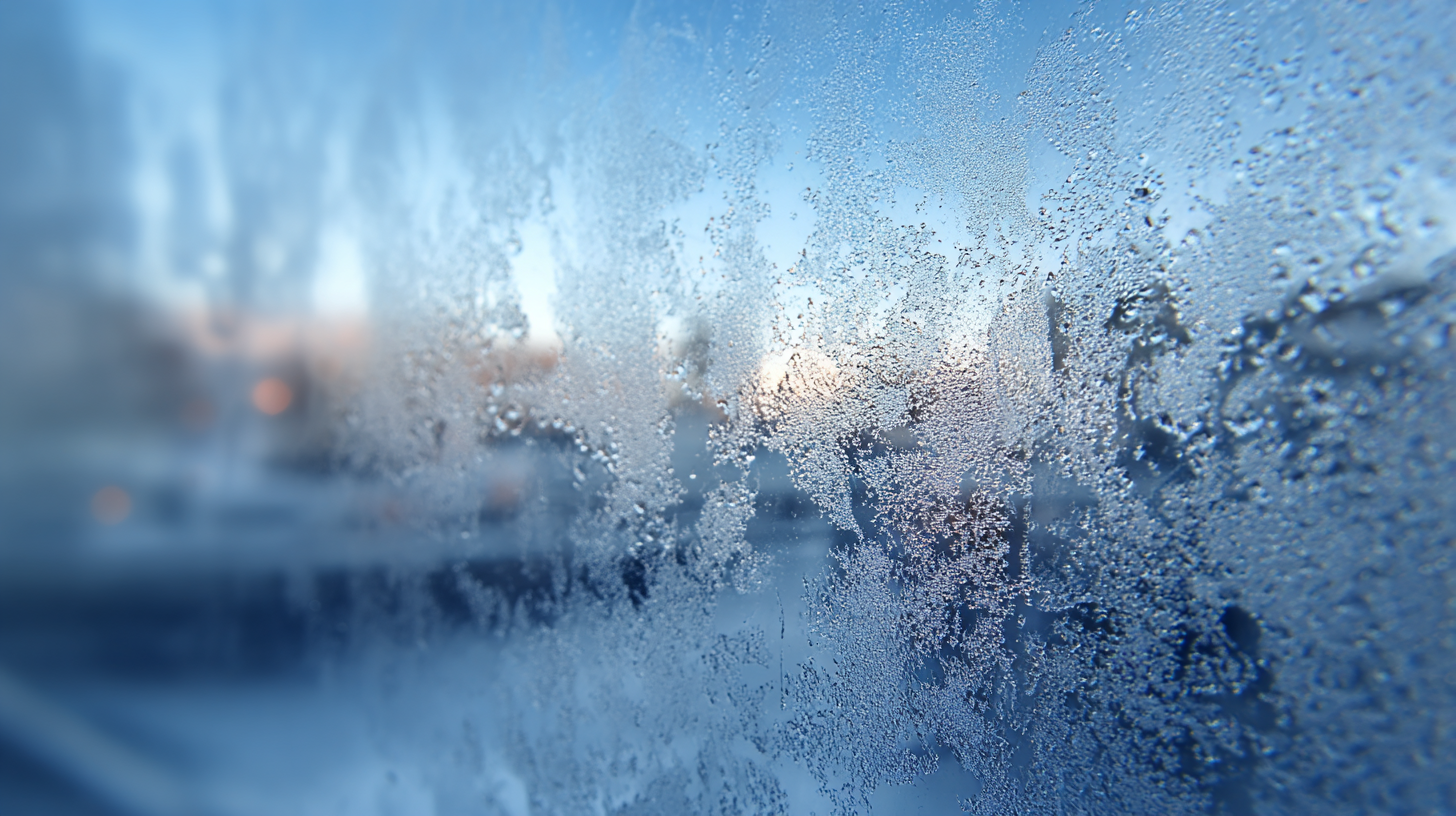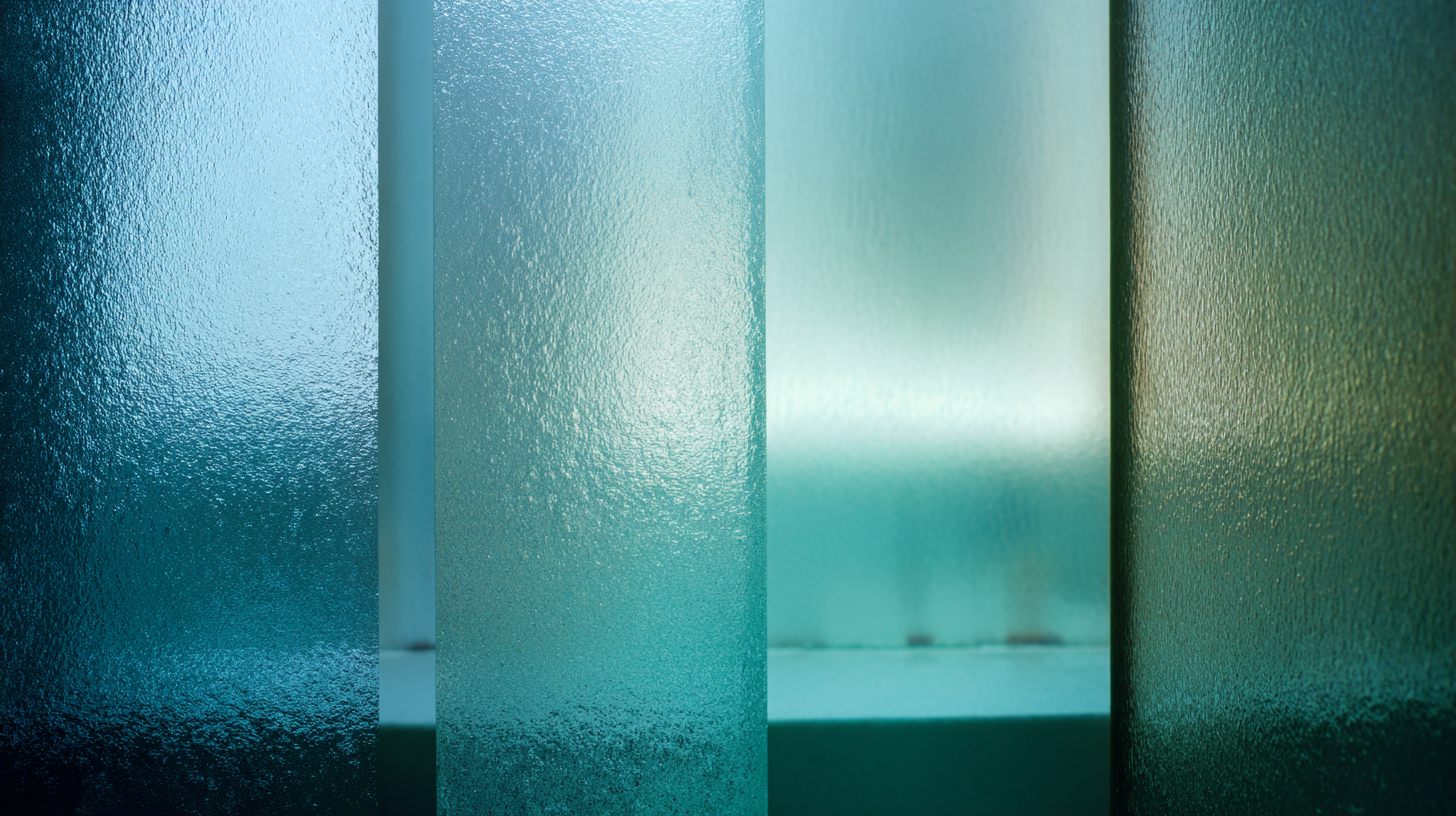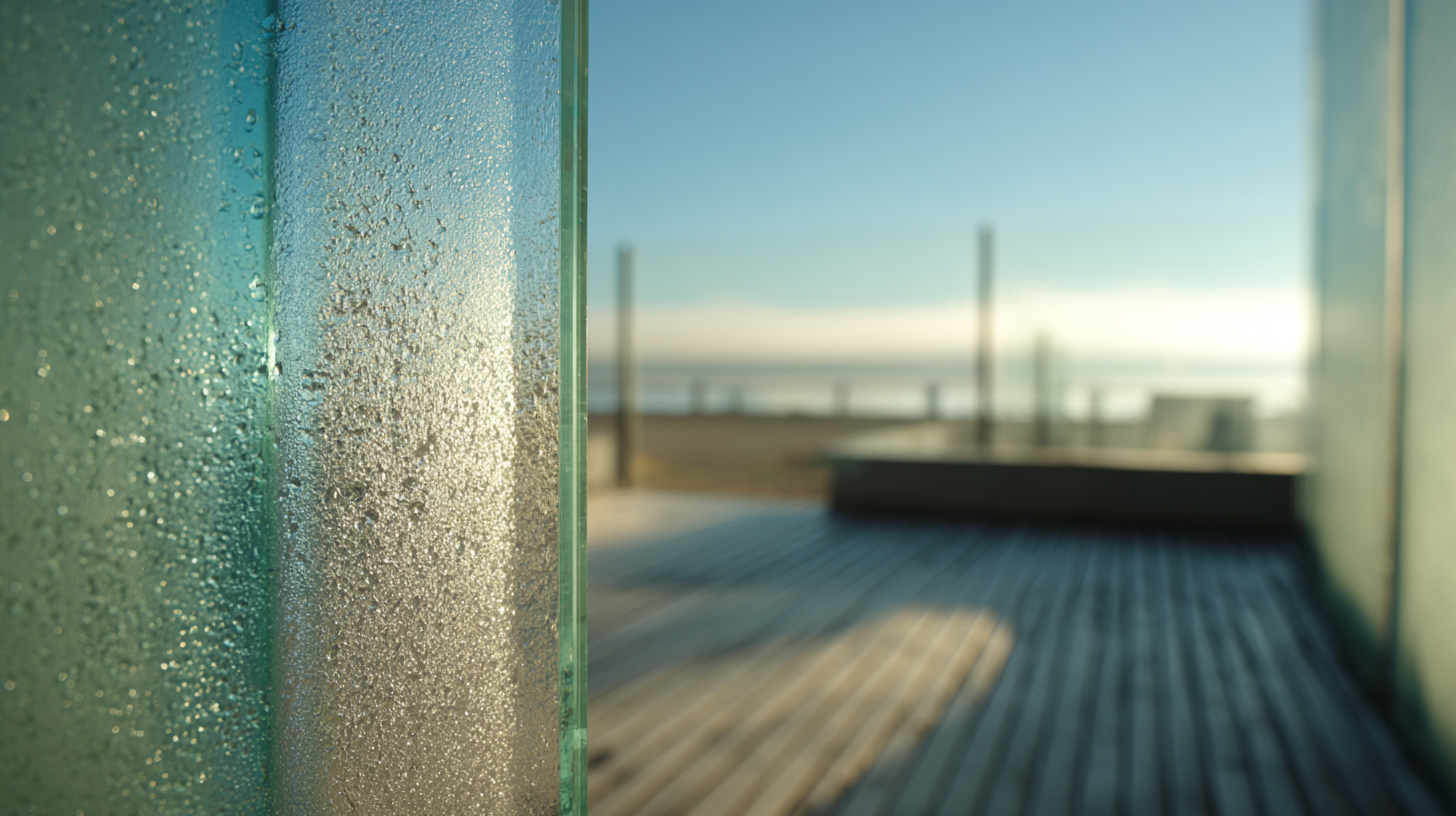
In today's global market, the demand for stylish and functional building materials has led to an exploration of unique alternatives to traditional frost glass. Frosted glass has long been celebrated for its ability to provide privacy while allowing light to filter through, making it a favorite among designers and homeowners alike. However, as innovative materials are continuously developed, buyers are now seeking options that not only mimic the aesthetic appeal of frosted glass but also offer enhanced durability, sustainability, and cost-effectiveness.

This blog will delve into the benefits of alternative frost glass solutions, highlighting their diverse applications and the advantages they present over conventional frosted glass. Whether you're an architect, designer, or a homeowner, understanding these alternatives will empower you to make informed choices in your next project.
 In the realm of modern design, the search for innovative materials is transforming the idea of
frosted glass alternatives. With growing trends emphasizing
minimalist aesthetics, designers are increasingly exploring unique substitutes that offer both
functionality and style. For instance, sustainable options like
recycled glass,
Tetra Pak, and even
wood are gaining momentum in various
applications, including decorative panels and window features. A recent industry report highlighted
that these materials not only contribute to eco-friendly practices but also cater to consumer
demands for contemporary and distinctive designs.
In the realm of modern design, the search for innovative materials is transforming the idea of
frosted glass alternatives. With growing trends emphasizing
minimalist aesthetics, designers are increasingly exploring unique substitutes that offer both
functionality and style. For instance, sustainable options like
recycled glass,
Tetra Pak, and even
wood are gaining momentum in various
applications, including decorative panels and window features. A recent industry report highlighted
that these materials not only contribute to eco-friendly practices but also cater to consumer
demands for contemporary and distinctive designs.
Additionally, the rise of new-age hardware and fixtures is revolutionizing how these materials can be integrated into home interiors. The preference for sleek and stylish designs has led to innovations that enhance glass fitting solutions, making it easier to achieve a polished look without the bulk associated with traditional hardware. As the market evolves, alternatives to conventional frosted glass are emerging, offering creative avenues for both residential and commercial spaces to elevate their aesthetic appeal. This trend not only reflects a shift in consumer preferences but also underscores the importance of sustainability and innovation in modern design.
As the demand for frosted glass continues to rise globally, many buyers are on the lookout for budget-friendly alternatives that don’t compromise on aesthetics or functionality. According to a recent market analysis by Future Market Insights, the global frosted glass market is expected to exceed USD 7 billion by 2030, reflecting a significant growth trajectory influenced by urbanization and rising architectural trends. However, the cost of traditional frosted glass can be prohibitive for many consumers and businesses, driving interest in exploring more cost-effective options.
One viable alternative is the use of vinyl films designed to mimic frosted glass, which can be applied directly to existing clear panes. These films can deliver a similar visual effect at a fraction of the cost—often ranging from 20% to 50% less than traditional frosted glass. Additionally, alternative materials such as acrylic or polycarbonate panels treated with a frosted texture can offer enhanced durability and lower installation costs. A recent report by Grand View Research highlights that the acrylic sheet market is projected to grow at a CAGR of 4.9% through 2025, indicating a rising preference for these alternatives among budget-conscious buyers. By embracing these innovative solutions, consumers can achieve their design goals while maintaining their budget.
In the quest for innovative and eco-friendly materials, sustainable alternatives to traditional frosted glass are gaining traction among global buyers. These materials not only reduce environmental impact but also offer diverse aesthetic options for a variety of applications. For instance, bio-based plastics derived from renewable sources are emerging as a popular choice. These materials can be engineered to mimic the appearance of frosted glass while being lighter and more shatter-resistant, making them ideal for both interior and exterior designs.
Another exciting option is the use of recycled glass. By utilizing post-consumer waste, manufacturers create frosted glass products that are not only beautiful but also contribute to waste reduction. This process not only minimizes the carbon footprint associated with production but also supports circular economy practices. Furthermore, some innovative companies are experimenting with new coatings and finishes made from natural ingredients, enhancing the aesthetic appeal of glass while ensuring that the environmental impact remains minimal. Adopting these sustainable choices allows consumers to make responsible decisions without compromising on style or quality.
In the quest for distinctive design elements, many global buyers are turning their attention to innovative alternatives to traditional frosted glass. While frosted glass has long been favored for its soft diffusion of light and privacy, creative textures and finishes have emerged as compelling options that enhance both aesthetics and functionality. One such alternative is etched glass, featuring intricate patterns that catch the light and add depth to interiors, making each piece not just a barrier, but a work of art.
Another intriguing alternative is translucent polycarbonate. With its lightweight nature and versatility in color and texture, polycarbonate panels can create a modern and industrial feel while providing similar privacy benefits as frosted glass. Additionally, materials like sandblasted acrylic offer an even broader array of customization options, allowing homeowners and designers to explore unique hues and designs that can radically transform a space. This evolution in materials broadens the horizon for designers seeking to create inviting and unforgettable environments.
Frosted glass has long been a popular choice for both residential and commercial spaces due to its ability to provide privacy while allowing light to filter through. However, as design preferences evolve, buyers are increasingly exploring unique alternatives that offer similar aesthetics but with added functionality and versatility. Materials such as etched acrylic, polycarbonate, and specialized films are gaining traction in various applications, from office partitions to home bathrooms.
In residential settings, alternatives to frosted glass, like textured films, are becoming a favorite among homeowners looking to enhance their interior design without the permanence of traditional glass installations. These films come in various patterns and shades, allowing for personalized touches that complement different decor styles. In commercial spaces, products like translucent polycarbonate panels can be used not only for privacy but also for their durability and lightweight properties, making them ideal for high-traffic areas like lobbies or conference rooms.
Both residential and commercial applications reveal a growing trend toward innovative materials that maintain the balance of aesthetics and practicality. By embracing alternatives to frosted glass, buyers can find solutions that cater to their specific needs while adding a unique flair to their environments.
